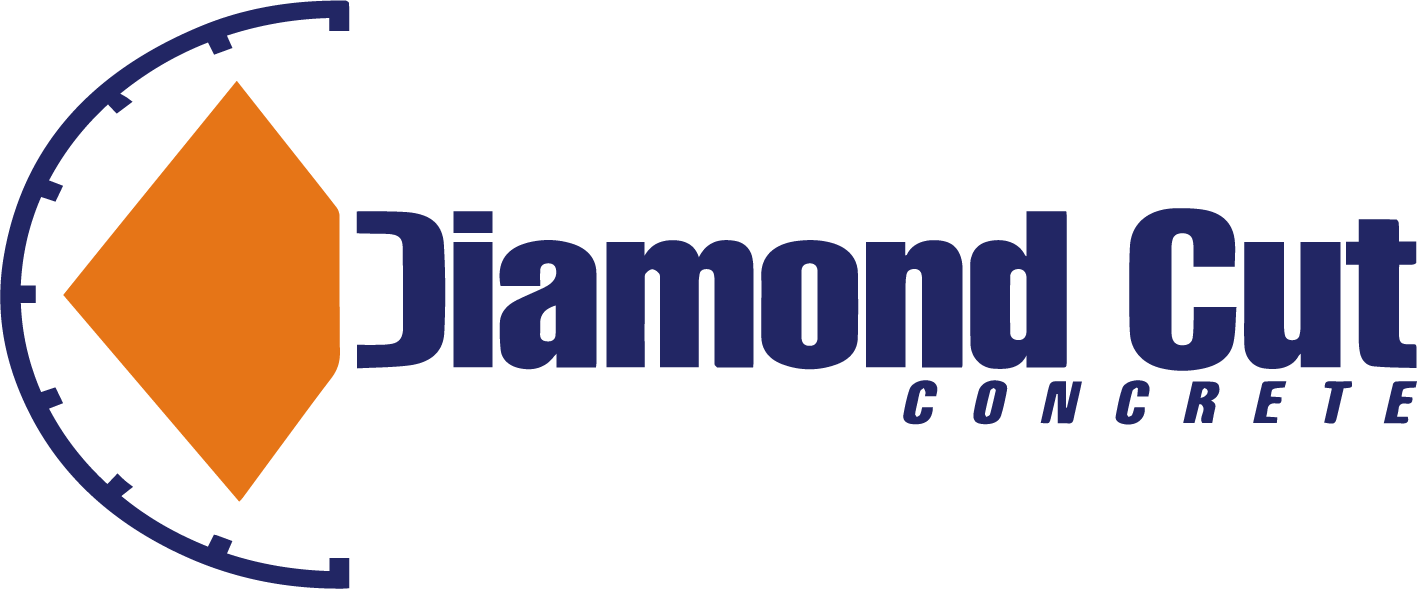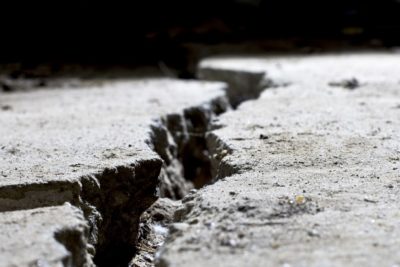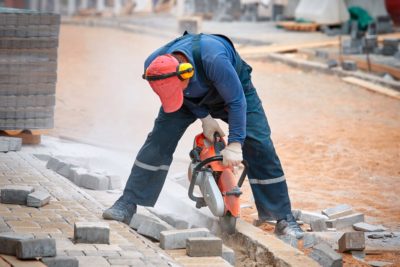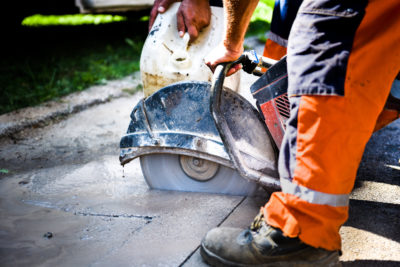The 1970s brought us many beautiful discoveries, such as the Rubik’s Cube, the microwave oven, and Ground Penetrating Radar (GPR) or geo radar technology. Due to the latest advances, pulse durations can be measured in ‘picoseconds’, enabling various other applications for the use of GPR besides concrete scanning.
A picosecond is one-millionth of a millionth of a second and refers to the measurement of pulse durations in the application of GPR. GPR is an effective method for non-destructively detecting subsurface objects for a variety of applications.
What is GPR Scanning, and How Does it Work?
What is the application of GPR? What are the benefits of GPR? How accurate is GPR scanning? How deep can ground penetrating radar see? What is concrete scanning, and what does it reveal?
Ground-penetrating radar (GPR) is a non-destructive detection and imaging method used to identify subsurface elements either within a surface such as concrete or underground.
Why is GPR Scanning Useful?
Years ago, when it came to construction or excavation work, you needed to obtain positioning records of all subsurface utilities before starting a project. By relying on these records, you put your trust in previous work done on the site, but because we’re human and known to make mistakes, this wasn’t always a foolproof method.
With GPR, you can access a non-destructive and non-invasive service to scan in and under sub-surface areas, like a concrete slab or excavation site. The information gathered allows for the safe drilling, coring and cutting of materials like concrete to take place.
When Can You Use GPR Scanning?
Surprisingly, there are many ways in which ground scanning can be used! Let’s take a look at the most common applications:
1. Concrete Scanning
A GPR survey is a crucial first step in any construction project and is more effective than a standard concrete x-ray. Before drilling or cutting into a concrete slab, GPR can determine the presence of steel reinforcements. Damaging reinforcements can risk the structural integrity of the slab and the greater structure of which it forms a part. Not to mention that the repair costs can be expensive! The benefits of using Ground Penetrating Radar equipment before you begin construction are numerous and not to be dismissed.
2. To Identify an Irregular Ground Structure
There’s no way to identify an irregular ground structure from the surface with your eyes. Luckily, we have GPR scans! A GPR scanner can easily pick up buried rocks and artefacts, voids or cavities, fuel tanks, car bodies and dumpsites beneath the earth.
3. To Analyse Road Pavement Layer Thickness
The different layers in a road each possess other properties, allowing a ground radar technician to use ground-penetrating radar equipment to determine the various layers’ thickness. Through GPR scans, changes in these pavement layer properties, like deterioration, can easily be noted.
4. Archaeological and Forensic Discoveries
Ground Penetrating Radar scans are often used for archaeological and forensic purposes. As a GPR is non-invasive, it quickly locates delicate objects like old buildings, walls and fossils, helping archaeologists to pinpoint areas that could be excavated. GPR also detects small changes in soil structures beneath the ground, and archaeologists prefer radar scanning because it does not change the system of fragile objects. In short, GPR is time-saving and practical.
The ability of GPR to detect buried objects also makes it a valuable tool for forensic teams. GPR scanning can be used to detect concealed drugs, weapons, money or remains. It’s helpful in detecting subsurface objects used as evidence during court cases.
5. Mining and Quarrying Industry Scanning
Success in the mining and quarrying industry greatly depends on the structure of rock surfaces both on and below the ground. The rocks on the surface can be analysed quickly, but those below the surface are tricky. This is where GPR scanning comes into play. Geologists become acquainted with the distribution and stability of underlying rocks through GPR technology.
In mineral exploration, Ground Penetrating Radar is used to detect and track mineral veins and the major fault lines. This method often detects deposits of diamond, iron, titanium and gold. Some of the rocks usually extracted this way also include limestone, marble and granite.
6. Environment and Geotechnical Industry Services
Another useful potential application is the detection of groundwater. Since GPR can outline the underground structures and notice anomalies, it’s instrumental in groundwater detection and analysis.
GPR images are extremely high resolution, making them suitable for discovering bedrock depth, locating groundwater channels, and identifying karstic features. Furthermore, GPR scans are helpful for research in hydrogeology, which includes borehole monitoring.
7. To Locate Cables And Pipes
Every city has its own intricate set of underground cables and pipes. Most of us live blissfully ignorant of these cables’ location, but when they need to be mapped and noted, the professionals turn to GPR for help. GPR has a considerable advantage over metal detectors as it can detect non-metallic materials.
8. Military and Industrial Security
Military personnel use GPR to detect and locate buried explosives. Unexploded ordinances, known as UXO, can be very dangerous when undertaken by non-experts, and even the experts need to map their precise location before disarming them.
The military is not alone in using GPR technology for security-related purposes: even industrial security consultants and emergency first responders find this technology useful. GPR scans can even locate victims of collapsed buildings in the unlikely event of a disaster.
Who Can Help You with GPR Scanning?
Having been in operation for more than 36 years, Diamond Cut Concrete has developed a reputation for delivering practical solutions in the concrete drilling and sawing industry.
We’ve proven our expertise in working on complex and demanding projects and are renowned for tackling some most challenging concrete scanning, cutting and drilling problems.
Led by a strong and experienced senior management team, our knowledgeable team members work closely with our clients to deliver cost-effective solutions that entirely use our comprehensive plant equipment.
Contact us today for more information on GPR technology and how we can help you.



